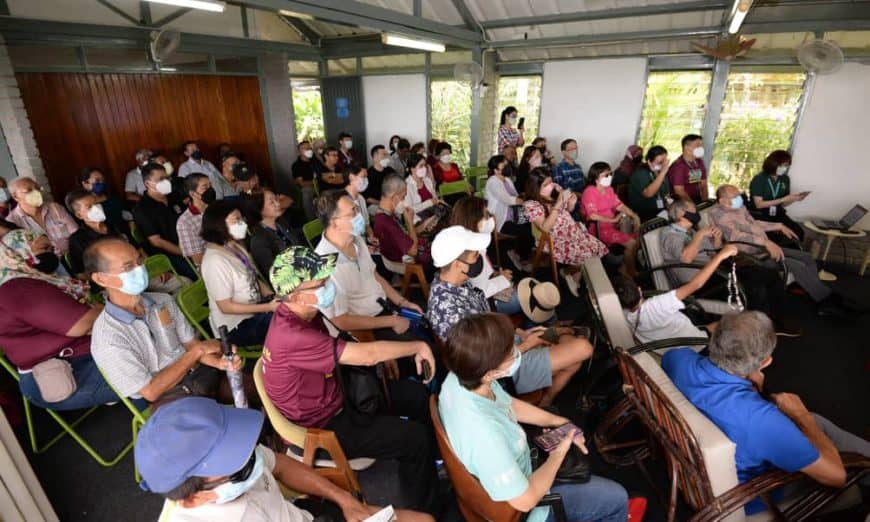HAVE you ever wondered why there are several notable schools in the Air Itam area, fairly close to Penang Hill?
Dr Tan Chee Seng, a senior lecturer from the History Section at the Schools of Humanities, Universiti Sains Malaysia, aims to shed some light on this matter during his talk titled ‘Penang Hill & Its Vicinity – 100 years of Wonder’ at Bellevue Hotel on July 22 from 9am to 11am.
Dr Tan has been invited by the Penang Hill Corporation (PHC) for the talk as part of the 4th Penang Hill Festival, along with two other two speakers, namely Clement Liang, president of Penang Tourist Guides Association and history lecturer, and Enzo Sim, the author of ‘The Great Hill – a short story about Penang Hill.’
The festival, which will run for three days from July 21 to 23, will feature various highlights such as heritage and nature discovery walks, exhibitions, photography and videography workshops, and culminate with its signature event ‘Music on the Hill – East meets West.’
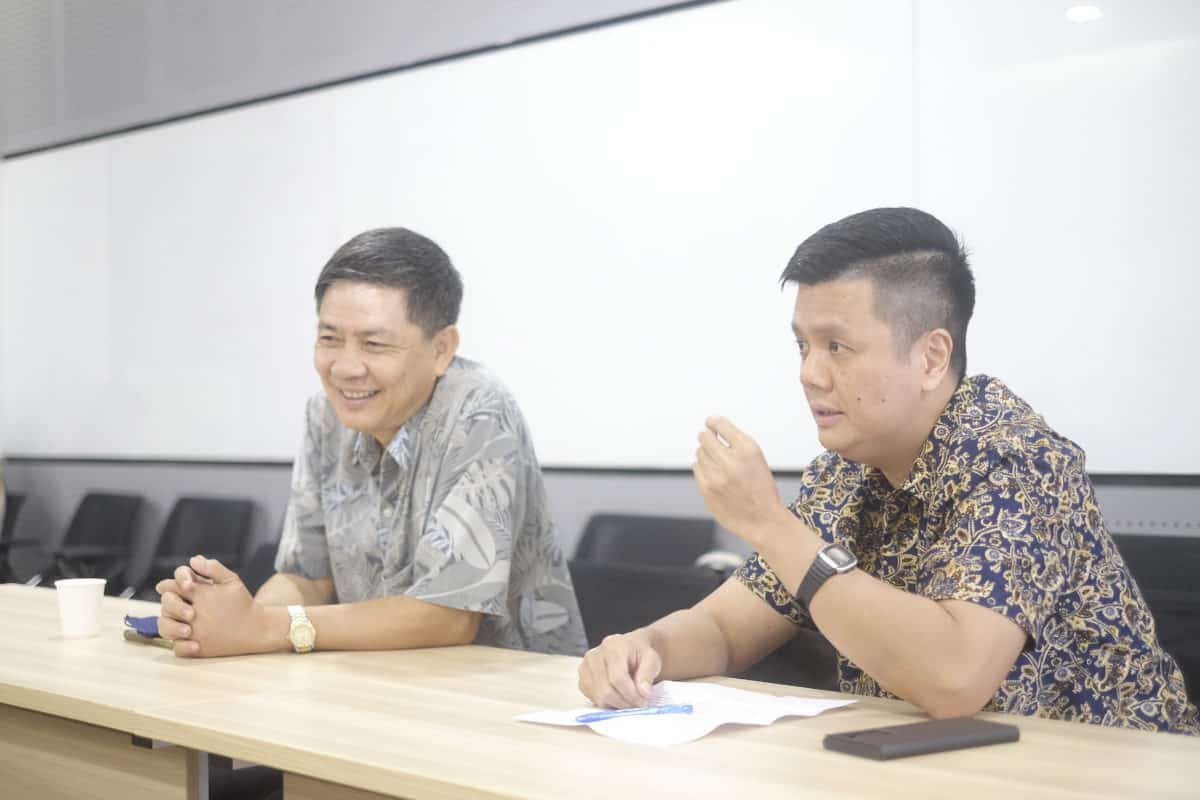
Dr Tan, who specialises in Chinese modern history and Overseas Chinese history, obtained his degree and his Master’s from USM and his Ph.D. from the National University of Singapore.
Asked about the focus of his talk, Dr Tan said he would explore the education wonders surrounding Penang Hill.
“We know there are several schools near Penang Hill, but we don’t realise that they are education wonders in Air Itam.
“When I look at the map, I notice that Chung Ling High School, Shang Wu Primary School, Chung Hwa Confucian Primary School, Penang Free School, Han Chiang High School, Methodist Boys School and St Xavier’s Primary School are all located in Air Itam.
“Some may consider Penang Free School to be located in Green Lane, but it is still near Air Itam.
“If you read through their history, these schools were actually pioneers and catalysts of change, not only in Penang and Malaysia but also in Southeast Asia.
“Interestingly, many of these schools were originally situated in George Town before they chose to relocate to Air Itam,” Dr Tan said.
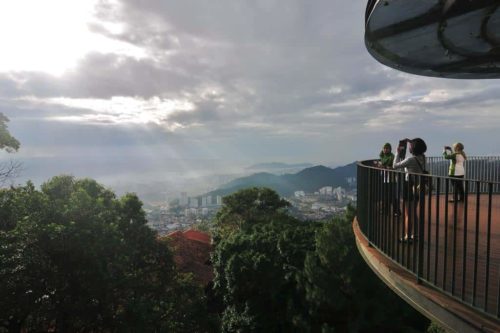
He cited Chung Ling High School, his alma mater, as the earliest secondary school in the Malay peninsular, established in 1923 – six years after the formation of its primary school in 1917 in Malay Street in George Town. Blessed with a vast school field, Chung Ling was usually tops in sports.
The British colonial government tried to change Chung Ling High School into a government school and Chung Ling eventually decided to conform to it and become the first Chinese government school in 1956.
“This move changed all the scenario and atmosphere of Chinese education from the north to the south,” Dr Tan recalled.
He noted that in 1935, the board of governors of Chung Ling decided to relocate the school to the Air Itam area, where it became a modern institution in the region.
For Shang Wu Primary School, he said it was established in the early 19th century on Chulia Street in George Town before its relocation to Air Itam.
Opposite Shang Wu Primary School is Chung Hwa Confucian Primary School. Founded in 1904, it is the earliest modern Chinese school in Malaysia and Singapore and was funded by local businessman Cheong Fatt Tze.
Chung Hwa Confucian Primary School was located in the Komtar area in Prangin Lane before the school’s board of governors decided to buy a piece of land near SMK Teknik in the 1970s for its relocation.
Penang Free School, founded in 1816, holds the distinction of being the oldest English-medium school in Southeast Asia. Once housed in the Penang Museum building at Farquhar Street, it shifted to Green Lane in 1928.
St Xavier’s Primary School, too, was located in George Town before it chose to relocate to the area near Shang Wu Primary School.
“Whether by accident or coincidence, it looks like there must be something attractive for these schools to move from George Town to Air Itam.
“It may be due to the scenery in Air Itam or the nearby Penang Hill that could provide them a green and better environment.
“If there are biologists or environmentalists present at the talk, they may be able to share their ideas about why these schools opted for the Air Itam area for their relocations,” Dr Tan said.

For Liang, who has been with the Penang Tourist Guides Association for over 10 years and became its president last year, he would focus on the history of Penang, particularly the history of Air Itam and Air Putih.
Although this is the first time he will be giving his talk at the Penang Hill Festival, Liang has extensive experience conducting trainings for tour guides to improve their skills and presentation techniques.
As the oldest and first tourist guide association in Malaysia established on 27 Sept, 1966, the Penang Tourist Guides Association currently boasts approximately 700 members.
Liang’s deep interest in nature led him to join Friends of Botanic Gardens over 20 years ago, and Friends of Penang Hill, actively participating in their activities.
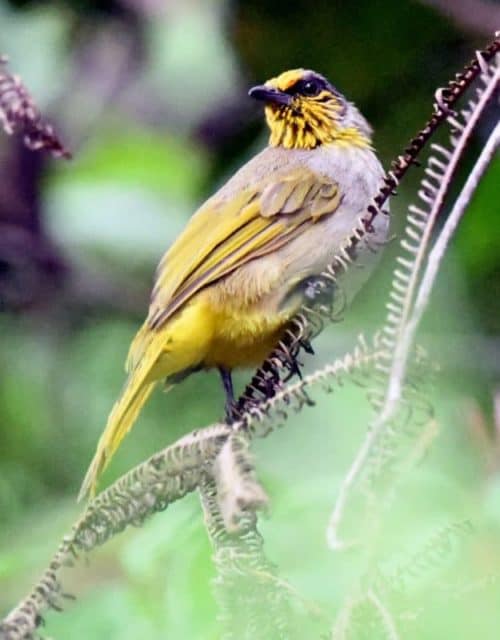
“As a history researcher and president of the Penang Tourist Guides Association, I like to combine history with tourism when I give a talk. That is the best way to let more people know about history.
“I like to share the Penang history with the whole world. I am currently working on a Japanese journal and also developing historical trails in Penang, including trails related to the German and Thai minority communities. Penang is so unique, so cosmopolitan,” said Liang, also a former student of Chung Ling High School.
During his presentation, Liang will delve into various historical aspects of Penang. He plans to discuss Captain Francis Light, the founder of Penang, as well as Suffolk House, an 1800s mansion with its spice garden. He will also touch upon the iconic Kek Lok Si Temple and highlight the development of Air Itam leading to its recognition as the Penang Hill Biosphere Reserve from UNESCO.
He expressed gladness that history is included in the talk for this year’s festival.
“Although people can easily search for historical information online, it often lacks depth and local context. There are a lot of missing parts. You really need to have local guides to provide a more in-depth understanding of the history of a place.
“For instance, we have a lot of walks up Penang Hill, and we have very knowledgeable tour guides.
“Foreign tourists also find Penang Hill fascinating, not because this is the first hill station but also due to its proximity to George Town and its accessibility.
“Moreover, the forest on Penang Hill is so well preserved. It is one of the oldest in the world, with its original vegetation intact and a diverse array of wildlife, such as large squirrels and unique species of plants and very tiny crabs that are unique to Penang Hill. So much of nature and history to share with the whole world,” Liang added.
He said Air Itam may be a small town, but it has a lot of historical significance.
It has the biggest Buddhist monastery in Southeast Asia. During the Japanese Occupation, people from Air Itam sought refuge on Penang Hill from the bombing.
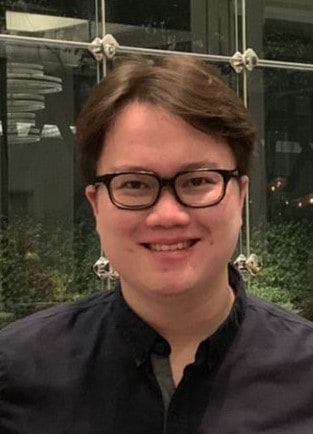
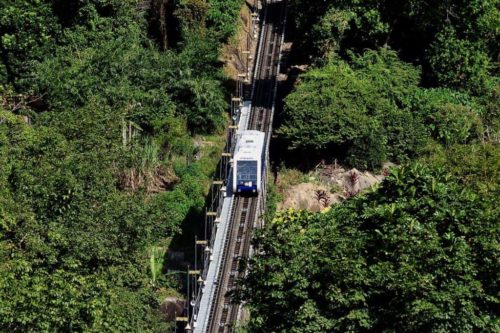
For author Sim, he would narrate the history of Penang Hill through its historical evolution which can be traced back more than 200 years ago.
He would highlight its significance as the first hill station in the former British colonial empire towards the end of the 18th century.
Furthermore, Sim would highlight the beauty of the hill’s funicular railway that has been operating for the past 100 years, a remarkable engineering feat that he believes deserves public attention and celebration.
For more details about the Penang Hill Festival, please visit www.penanghill.gov.my/phf2023 or follow the Facebook page www.facebook.com/mypenanghill or email [email protected].
Story by K.H. Ong
Pix by Darwina Mohd Daud and courtesy of Penang Hill Corporation

